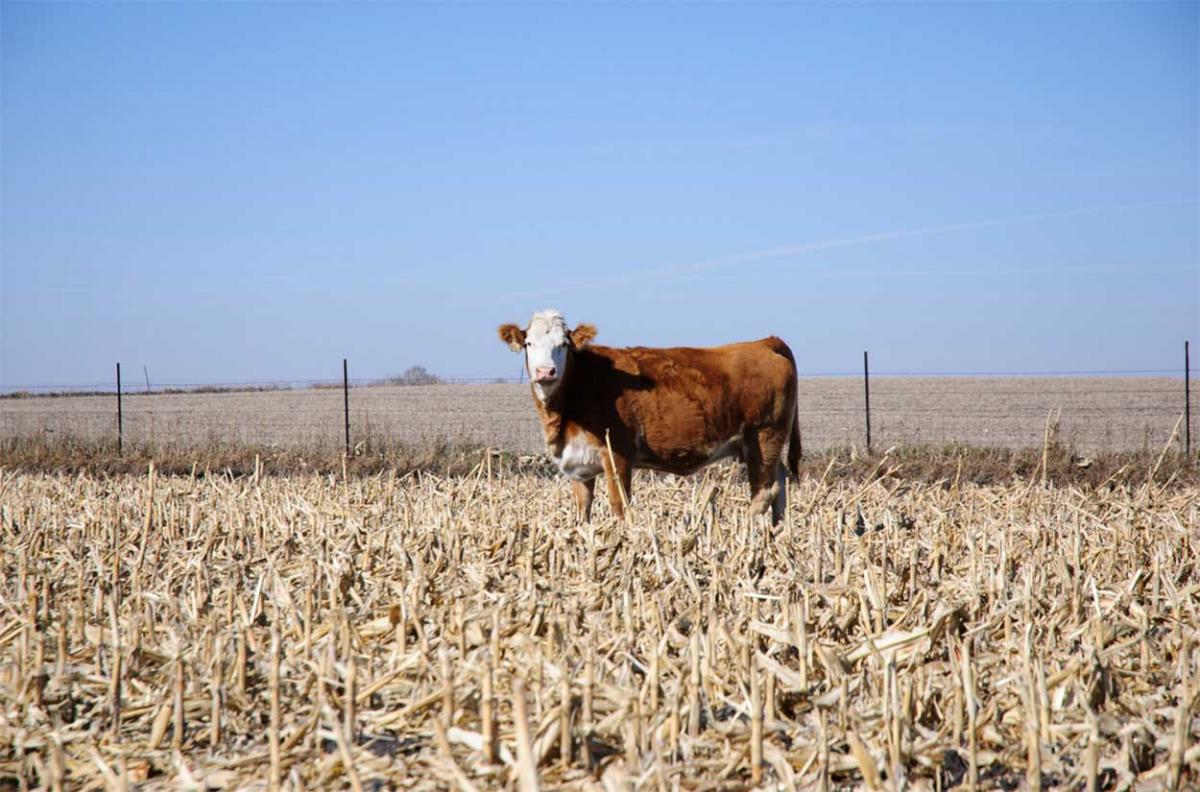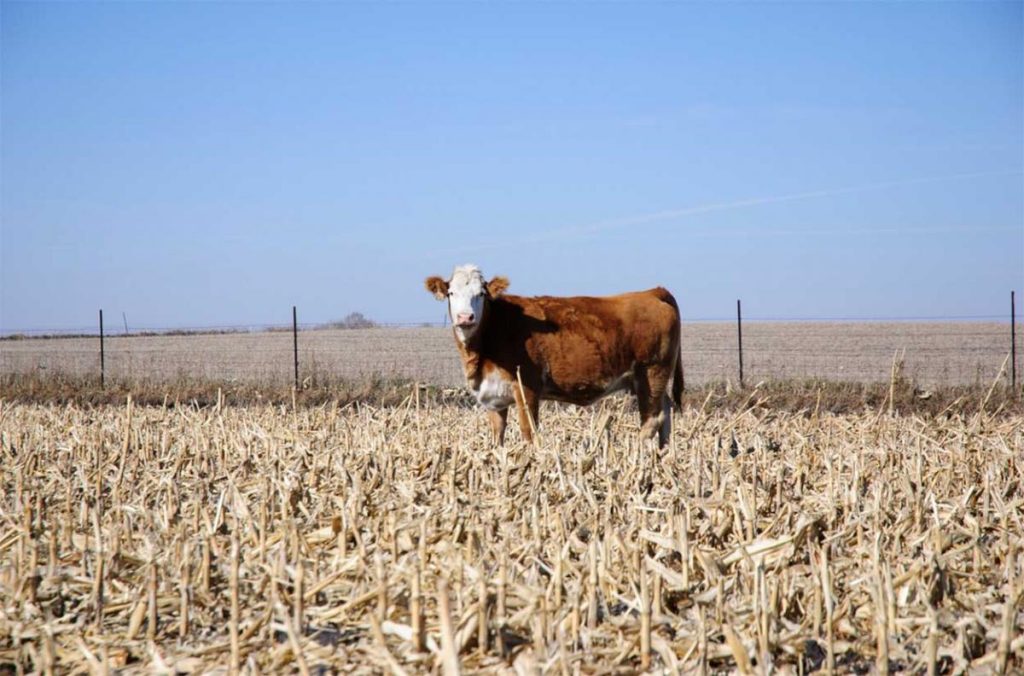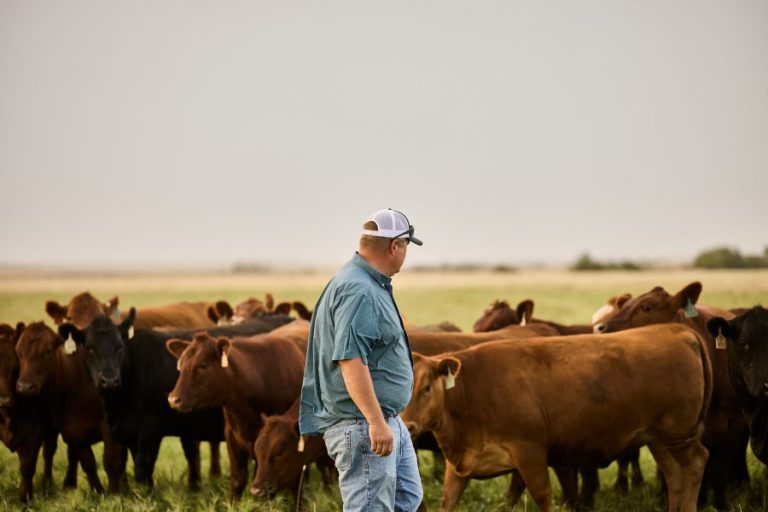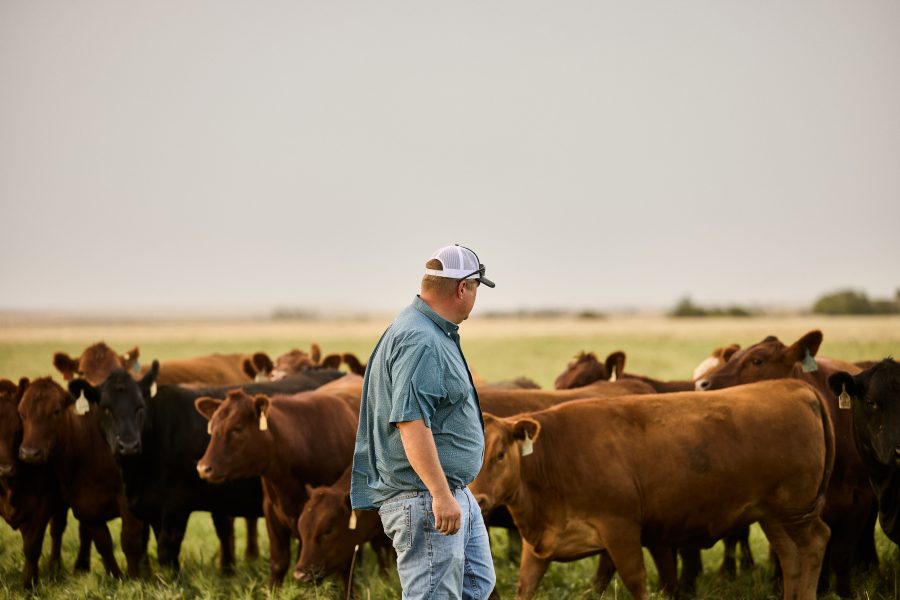Note: This September report marks the 50th anniversary of WASDE reports. The WASDE report was created after the Great Grain Robbery of 1972 with the first WASDE report coming out in September of 1973, when the Soviet Union was able to buy an immense amount of U.S. wheat at subsidized prices. The wheat was sold not knowing the Soviets had a massive crop shortfall at the time. The WASDE report was created in response to that incident. WASDE puts everyone on equal footing and provides more transparency in the market.
WASHINGTON, D.C. -Supply and demand numbers released this week from USDA are significant to the nation’s cattle and hog producers as they look ahead to where input costs and markets are headed in 2024.
Farm Futures grain market analyst Jacqueline Holland told Farm Progress, “December 2023 corn prices fell to the lowest point since late December 2020. Pre-report analyst estimates were hoping that USDA would go lower after hot and dry weather this August. But I think USDA keeping yields on the higher end of analyst estimates wasn’t the bullish news markets were hoping for.”
Corn production is up, while soybean and cotton production is down from 2022, according to the September Crop Production and World Agricultural Supply and Demand Estimates (WASDE) reports issued Sept. 12, 2023 by USDA’s National Agricultural Statistics Service (NASS).
As of September 1st, U.S. corn production is seen at 15.134 billion bushels, less than 1% above August, with a reduction in the yield guess, now at 173.8 bushels per acre, due to weather canceling out higher acreage totals following planted area revisions, with planted are at 94.868 million acres and harvested area at 87.096 million acres. In 2022, corn totaled 13.73 billion bushels with an average yield of 173.3 bushels per acre on planted area of 88.579 million acres and harvested area of 79.207 million acres.
That increase pushed new crop U.S. corn ending stocks higher, offsetting a modest cut in beginning stocks, or old crop ending stocks.
This year’s soybean crop is pegged at 4.146 billion bushels, 1% below last month with a lower yield estimate, now at 50.1 bushels per acre, outweighing slightly higher acreage totals, at 83.6 million acres for planted and 82.791 million acres for harvested. Last year, the soybean crop totaled 4.276 billion bushels with an average yield of 49.5 bushels per acre on planted area of 87.45 million acres and harvested area of 86.336 million acres.
New crop U.S. ending stocks were down on the month, even with the USDA lowering its export projection due to heavy competition from South America.
U.S. wheat ending stocks were unchanged.
The corn and soybean production numbers remain highly subject to change with harvest yet to start in some key growing areas.
The 2023/24 marketing year started June 1st for wheat and September 1st for beans and corn.
LIVESTOCK, POULTRY, AND DAIRY:
The forecast for 2023 red meat and poultry production is lowered from last month, on lower beef, pork, and broiler forecasts. Beef production is reduced on a slower pace of marketings in the third quarter. This decline is only partly offset by higher
expected carcass weights in that quarter and higher expected cow slaughter in the third and fourth quarters.
Pork production is lowered for the second half with a slower expected pace of slaughter and lighter carcass weights. Broiler production is lowered on current slaughter data and expectations of a lower number of chicks placed and lighter bird weights. Turkey production is unchanged from last month. Egg production is reduced on hatchery data.
For 2024, the red meat and poultry production forecast is reduced on lower broiler production as weaker prices are expected to constrain production growth. No changes are made to beef, pork, or turkey forecasts. The slower pace of egg production growth for 2023 is expected to carry into the first part of 2024, reducing the production forecast.
Beef import forecasts for 2023 and 2024 are raised on continued strength in demand and availability of supplies in Oceania. Beef exports are lowered for 2023 and 2024 on tight domestic supplies and strong competition in Asian markets. Pork imports are increased for 2023 on the current pace of trade but are unchanged for 2024. Pork exports are lowered for both 2023 and 2024 on weaker demand. Broiler exports for 2023 and 2024 are reduced on the current pace of trade and a lower production forecast. Turkey exports are raised for 2023 and 2024 as prices are expected to be attractive for buyers.
Cattle price forecasts for 2023 and 2024 are unchanged from last month. The hog price forecast for 2023 is lowered on a sharper decline in recent prices than previously expected; however, the price forecast for 2024 is unchanged.
The broiler price forecast for third quarter 2023 is raised on current prices but the forecasts for the outlying quarters, including 2024, are unchanged from last month. Turkey price forecasts for 2023 and 2024 are reduced on continued weakness in
demand. Egg price forecasts are raised on slower expected production growth.
The milk production forecasts for 2023 and 2024 are lowered from last month. The cow inventory is reduced, reflecting the average July 2023 cow number reported in the recent Milk Production report. The reduction in cow numbers is expected to continue through 2023 and into the first half of 2024 as returns remain under pressure. For 2023, output-per-cow is forecast to increase at a
lower rate than previously expected on recent data and the expected impact of high temperatures during the summer. However, the forecast of milk per cow for 2024 is unchanged.
Fat basis import forecasts for 2023 and 2024 are lowered, largely driven by recent trade data and lower expected imports of cheese and butter throughout the forecast period. Skim-solids basis imports are unchanged for 2023 and 2024. Fat basis export forecasts are unchanged for 2023, while skim-solids basis export forecasts are lowered on weaker whey exports. For 2024, exports
on a fat basis are lowered on expectations of fewer shipments of butter and fat containing products and cheese, while exports on a skim-solids basis are reduced, reflecting lower cheese, and whey and whey products shipments.
For 2023, forecasts for cheese, butter, and whey prices are raised on current price strength, but nonfat dried milk (NDM) is lowered. Both Class III and Class IV prices are raised, reflecting changes in their component values. For 2024, price forecasts for cheese, butter and whey are raised on lowered milk production and continued firm demand. NDM price forecasts are lowered.
The Class III price forecast is raised on higher cheese and whey prices while the Class IV price forecast is raised as the higher butter price more than offsets the lower NDM price. The 2023 all milk price forecast is raised to $20.40 per cwt and the 2024 all milk price is raised to $20.30 per cwt.
The USDA’s next set of production estimates is out October 12th.
See the full reports here:
— Crop Production: https://www.nass.usda.gov/Newsroom/2023/09-12-2023.php
— World Agricultural Supply and Demand Estimates (WASDE): https://www.usda.gov/oce/commodity/wasde














